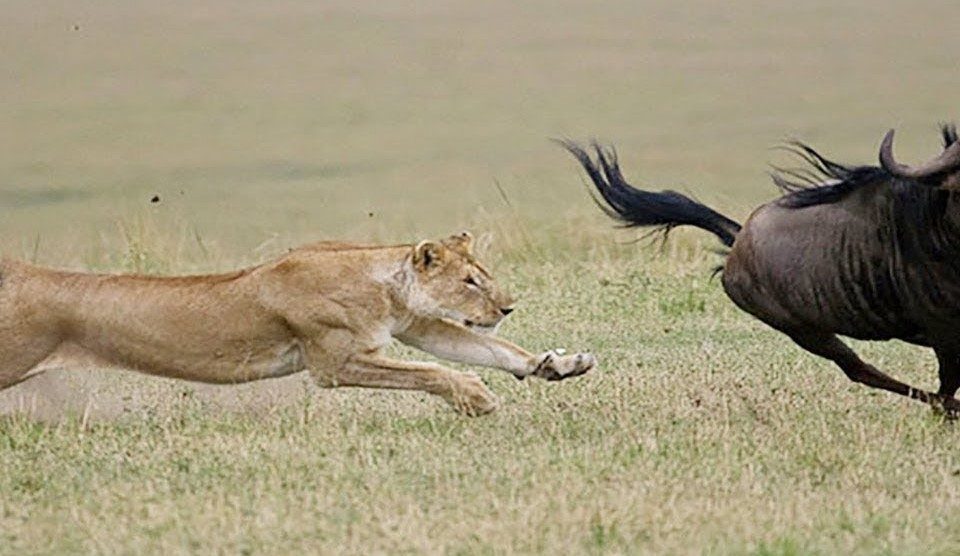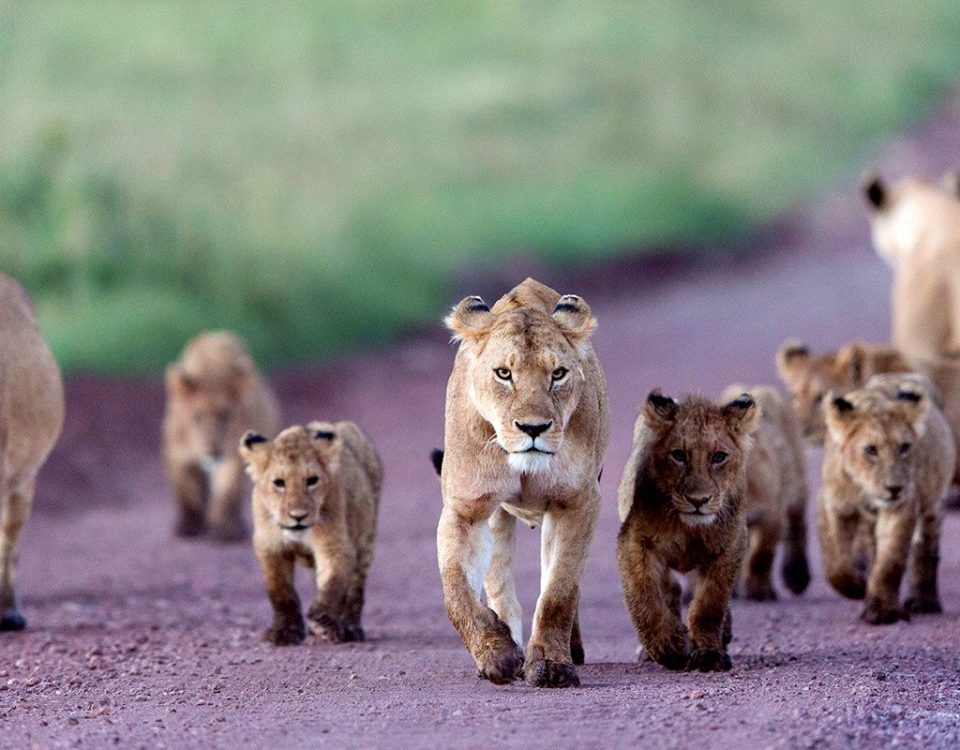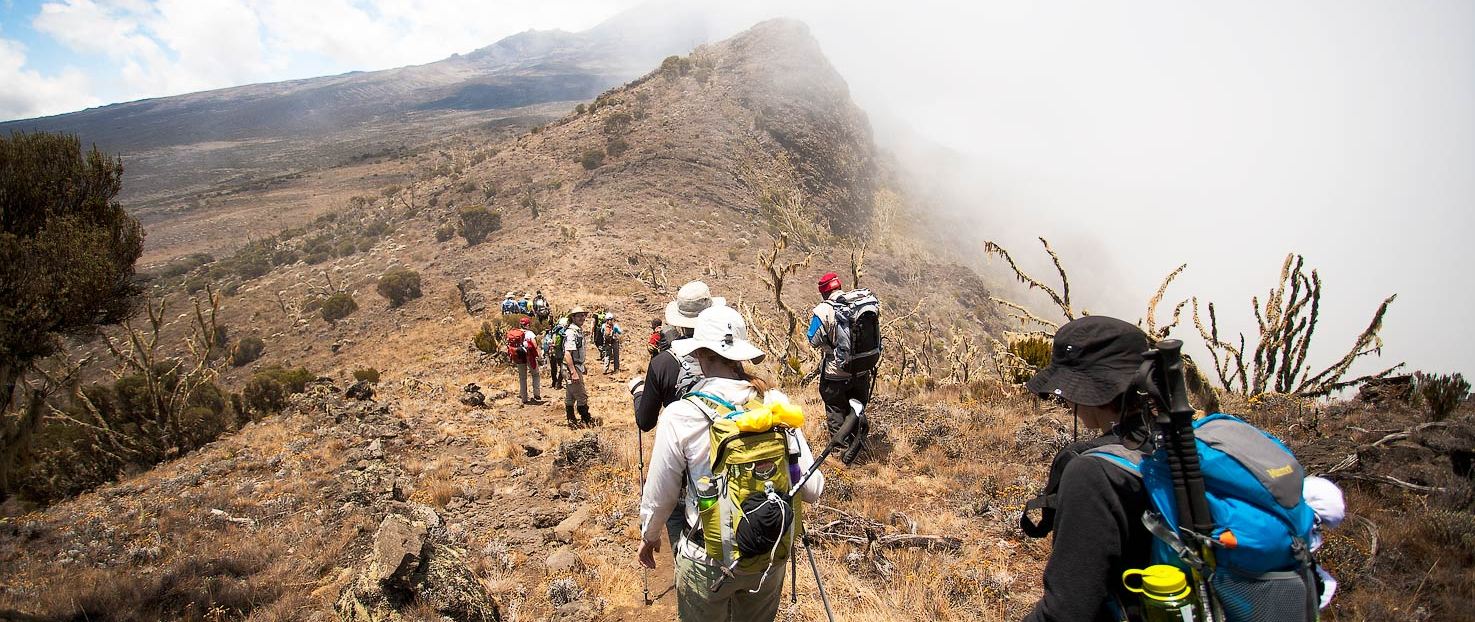
5 Facts about Mount Kilimanjaro
November 10, 2018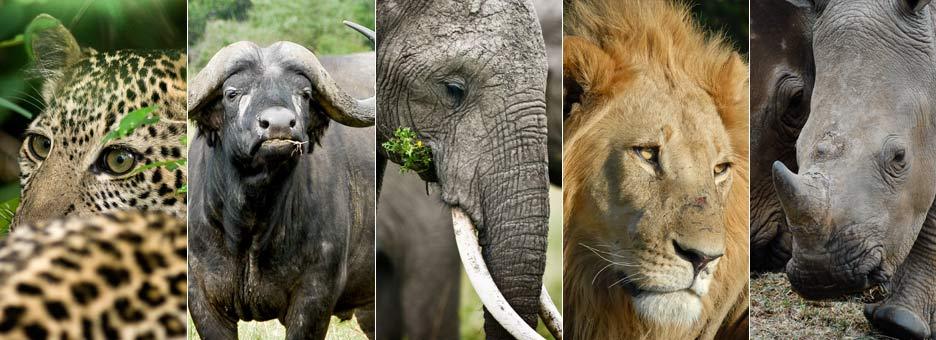
What are the Big 5 Game Animal?
November 10, 2018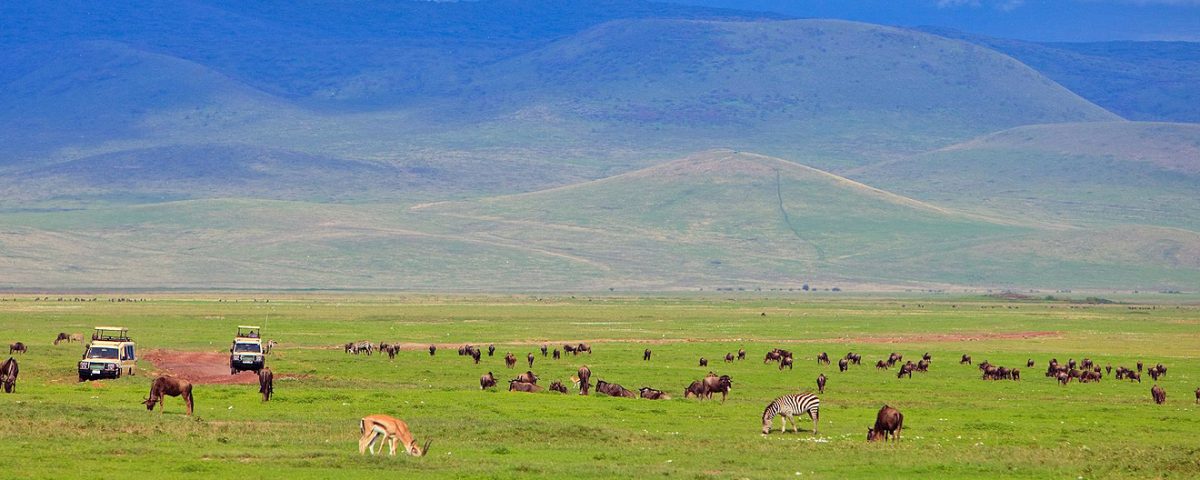
Standing proudly in the Ngorongoro Conservation Area of Tanzania is the Ngorongoro Crater. This highly visited African attraction is the world’s largest inactive, unbroken and unfilled volcanic caldera. What else is there to know about this natural wonder? Find out with our top ten interesting facts about the Ngorongoro Crater.
1: It’s One of the Largest Unbroken Calderas on the Planet (That’s Not a Lake).
A caldera is a “cauldron-like” depression created when a volcano emits large amounts of magma in a short amount of time, and the volcano caves in like a sinkhole. There are only a handful of calderas around the globe, but the Ngorongoro is special because it’s the world’s largest fully intact caldera that hasn’t yet turned into a lake.
2: Over 25,000 Wild Creatures in the Caldera (Gulp.)
Drumroll please 7,000 wildebeest, 4,000 zebras, 3,000 eland, 3,000 gazelles, 600 hyena, 200-300 elephants, over 60 lions, 30 rhinos, and many others. In all, over 25,000 wild creatures call the Ngorongoro Crater home. That is a whole lot of wild.
3: Your Best Chance to Spot a Black Rhino (And Complete your Big 5)
Seeing a black rhino for the first time kind of feels like you’re traveling through Jurassic Park. With two large horns and a hooked upper lip, these creatures look as if they’re from a different epoch. Rhinos were brought to the brink of extinction but now their populations, due to conservation efforts, have bounced back to over 5,000 worldwide, 30 of which live in Ngorongoro Crater. This will be the best place to complete your Big 5 list, too!
4: It’s One of Africa’s Seven Natural Wonders
The African continent includes a lot of pretty incredible natural wonders: The Nile River. The Sahara. The Okavango Delta. So, to make it on the list of seven natural wonders of Africa is a huge deal, and for good reason.
5: A Million Wildebeest Might Pass Through (Literally).
The Great Wildebeest Migration (the largest migration of ungulates on the planet – source) passes right through the Ngorongoro Conservation Area, more specifically Lake Ndutu, from December to March. With over 2 million wildebeest, zebra, and gazelles, this monster migration is a sight to behold. Don’t miss it.



